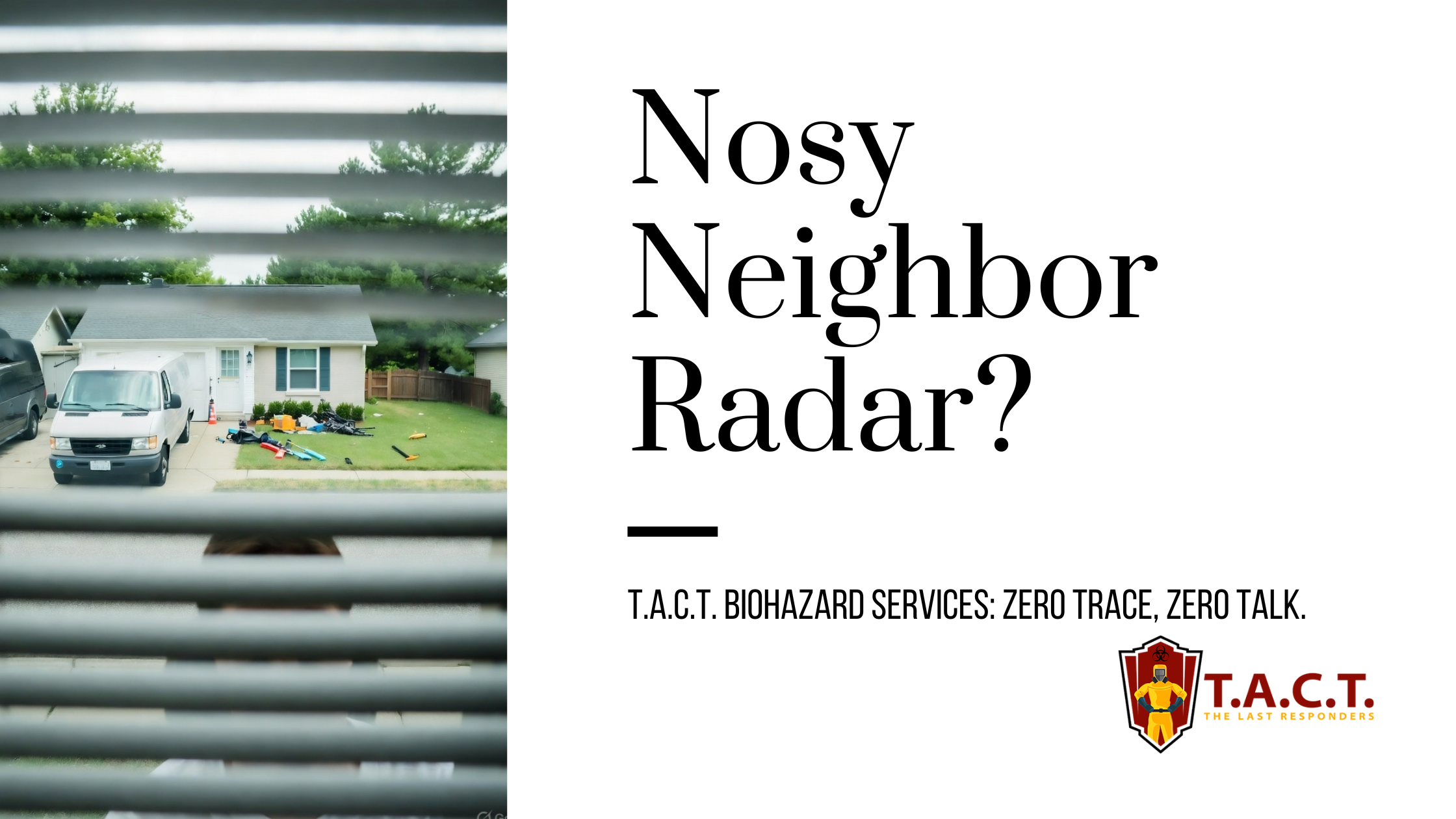How to help a hoarder get rid of things

How to Help a Hoarder Get Rid of Things: Practical Ways to Do It Effectively
Introduction to Hoarding Disorder
Hoarding disorder is a mental health condition characterized by compulsive hoarding behavior, leading to a cluttered home and unsanitary living conditions. Most people are able to manage their possessions and maintain a tidy environment, but those with hoarding disorder struggle to do so, resulting in significant challenges.
Family members often struggle to understand and support their loved ones with hoarding disorder, exacerbating family conflict.
Recognizing the signs of hoarding disorder, such as excessive clutter and difficulty discarding possessions, is crucial for seeking help and treatment. Hoarding symptoms can include a range of behaviors and mental health indicators, often linked to underlying conditions such as OCD, PTSD, or depression.
A mental health professional can help individuals with hoarding disorder develop practical strategies to manage their symptoms and create a clutter-free home.
Understanding the importance of seeking treatment and the benefits of a clutter-free home can motivate individuals to address their hoarding problem.
Understanding the Reasons Behind Hoarding
Hoarding behavior is often driven by sentimental value, emotional attachment, and fear of losing or wasting items. Deep-seated desires and aspirations can also play a significant role, making it difficult for individuals to let go of possessions.
People hoard for various reasons, including trauma, anxiety, and depression, making it essential to address the underlying issues. The temptation of a good deal or bargain can also trigger hoarding behaviors, as passing up a deal can be especially challenging for those affected.
Compulsive hoarding can lead to significant distress and impairment in daily life, affecting not only the individual but also their family and friends. Individuals are often struggling with ongoing emotional and behavioral challenges related to their hoarding.
Identifying the underlying causes of hoarding behavior is vital for developing effective treatment plans and reducing clutter.
Hoarding disorder is a complex issue, and understanding its roots can help family members and friends provide better support.
Supporting a Family Member with Hoarding Issues
Family members play a crucial role in supporting their loved ones with hoarding disorder, especially when it comes to addressing issues within the loved one's home, but it’s essential to avoid enabling behaviors. Patience and effective dealing with the emotional challenges are key to fostering trust and progress.
Setting clear boundaries and encouraging the individual to seek professional help can help them overcome their hoarding issues. It is important to respect the person's control over the process, allowing them to make decisions and maintain autonomy.
Creating a supportive environment, free from judgment and criticism, can help the person feel more comfortable opening up about their struggles.
Educating oneself about hoarding disorder and its treatment options can help family members provide more effective support and reduce family conflict. However, it’s important to recognize that good intentions from family members may not always lead to positive outcomes and can sometimes increase distress if not handled thoughtfully.
It’s essential to recognize that hoarding is a mental health issue, not just a matter of having too much stuff.
Seeking Help and Treatment
Seeking help from a mental health professional is the first step towards overcoming hoarding disorder and creating a clutter-free home. Treatment, along with hoarding cleanup services, can help individuals recover their quality of life by regaining control over their living space and emotional well-being.
Cognitive-behavioral therapy (CBT) and other evidence-based treatments can help individuals with hoarding disorder develop healthier relationships with their possessions.
Family members can encourage their loved ones to seek treatment by offering emotional support and helping them find resources.
It’s essential to address the underlying issues driving the hoarding behavior, rather than just focusing on getting rid of clutter. Supporting the individual to decide what to keep or discard, through reflective questions and guidance, can foster independence and reduce distress.
A professional organizer or therapist can help individuals develop practical strategies for managing their belongings and reducing clutter.
Practical tips for families and individuals seeking help include using open communication, setting small goals, and focusing on harm reduction to support recovery and positive change.
The Importance of Professional Help
Professional help is essential for individuals with hoarding disorder, as it provides a safe and supportive environment for addressing their struggles. Unplanned interventions, such as discarding possessions without consent, can sometimes cause more harm than good by damaging relationships and increasing emotional distress.
A mental health professional can help individuals develop a personalized treatment plan, taking into account their unique needs and circumstances. Harm reduction strategies can be used to minimize safety risks and harmful consequences while respecting the individual's pace and involvement in the process.
Professional organizers can provide guidance on decluttering and organizing, helping individuals create a more functional and clutter-free home.
Seeking professional help can also help family members and friends better understand the complexities of hoarding disorder and provide more effective support.
With the right support and treatment, individuals with hoarding disorder can learn to manage their symptoms and improve their overall quality of life.
Creating a Supportive Environment for Recovery
Creating a supportive environment is crucial for individuals recovering from hoarding disorder, as it helps them feel safe and motivated to continue their progress. It is important to focus on taking small steps, which can make the process less overwhelming and more sustainable.
Family members and friends can play a vital role in creating a supportive environment by being patient, understanding, and non-judgmental.
Encouraging open communication and providing emotional support can help individuals feel more comfortable discussing their struggles and seeking help. Reminding both the individual and supporters to take a moment to breathe during stressful times can help maintain composure and mental clarity.
Helping individuals develop healthy habits and routines, such as regular cleaning and organization, can also contribute to a supportive environment. Focusing on organizing specific rooms can make the process more manageable and help create functional, clutter-free spaces.
By creating a supportive environment, family members and friends can help their loved ones overcome the challenges of hoarding and achieve a clutter-free home. Taking up a new hobby can also provide a positive focus and support recovery.
Overcoming Emotional Attachment
Overcoming emotional attachment to possessions is often one of the most challenging aspects of hoarding disorder. For many hoarders, items are not just things—they represent memories, comfort, or a sense of identity. Family members can make a big difference by showing empathy and understanding that this attachment is a real part of the disorder, not simply a reluctance to get rid of too much stuff. Instead of pressuring a loved one to throw things away, it helps to acknowledge the sentimental value these belongings hold. Working with a mental health professional can provide guidance on how to manage these emotions and develop healthier behaviors around possessions. One practical strategy is to encourage taking photos of cherished items, allowing the memory to be preserved without keeping the physical object. This approach can help reduce clutter while still honoring the emotional significance of the hoarder’s belongings. By supporting loved ones through this process and focusing on creating a clutter-free home, families can help make the journey of getting rid of clutter less distressing and more manageable.
Strategies for Reducing Clutter
Developing practical strategies for reducing clutter is essential for individuals with hoarding disorder, as it helps them manage their belongings and create a more functional living space. While some people may identify as a 'pack rat' and accumulate clutter, this behavior is different from clinical hoarding, which involves more severe psychological and functional challenges.
Breaking down decluttering tasks into smaller, manageable steps can help individuals feel less overwhelmed and more motivated to continue their progress. Clutter can feel overwhelming, making it emotionally difficult to begin or sustain the cleaning process.
Using storage solutions and organizational tools can help individuals keep their belongings organized and easily accessible. It's important not to rush or force the act of putting things away; always respect the individual's readiness and consent when organizing possessions.
Encouraging individuals to focus on one area or room at a time can help them make progress without feeling overwhelmed. Starting with a small, manageable space like the bathroom can provide an early sense of accomplishment and improve safety and functionality.
By developing effective strategies for reducing clutter, individuals with hoarding disorder can create a more clutter-free home and improve their overall quality of life.
Properly disposing of unwanted items in the garbage, using tied bags and ensuring trash is placed in the garbage bin, is a key part of the decluttering process.
Taking a walk during breaks can help manage stress and provide perspective while working through the challenges of decluttering.
Maintaining Progress and Mental Health
Maintaining progress after initial decluttering is just as important as taking the first step. Hoarding disorder is often linked to ongoing mental health challenges like anxiety or depression, so it’s crucial for family members to continue offering support and encouragement. Helping a loved one seek treatment and stay connected with a mental health professional can make a big difference in managing hoarding behavior over the long run. Setting realistic, achievable goals and celebrating even small successes can boost confidence and motivation. Family members can also help by fostering a positive, non-judgmental environment where setbacks are seen as part of the process, not failures. Encouraging the development of new hobbies or interests can provide healthy alternatives to collecting or saving more things, helping to create a more balanced and fulfilling life. By working together and focusing on both mental health and practical strategies, families can help their loved ones maintain a clutter-free home and continue making progress toward recovery.
Addressing the Challenges of Hoarding
Addressing the challenges of hoarding requires a comprehensive approach that takes into account the individual’s unique needs and circumstances. Hoards of possessions can create significant obstacles, impacting daily living and emotional well-being.
Family members and friends can play a vital role in supporting their loved ones by being patient, understanding, and non-judgmental.
Encouraging individuals to seek professional help and providing emotional support can help them overcome the challenges of hoarding.
Developing practical strategies for managing belongings and reducing clutter can also help individuals address the challenges of hoarding.
By addressing the challenges of hoarding, individuals can create a more clutter-free home and improve their overall quality of life. Prioritizing safety during this process is essential to ensure a secure and healthy living environment.
Conclusion and Next Steps
In conclusion, supporting a loved one with hoarding disorder is a journey that requires patience, understanding, and ongoing support. Family members play a crucial role in helping their loved one recognize hoarding behaviors, seek treatment, and develop practical strategies for managing possessions. It’s important to remember that hoarding disorder is a complex mental health issue, and overcoming it often means addressing deeper emotional and psychological needs with the help of a mental health professional. The next steps involve reaching out for professional help, creating a personalized recovery plan, and staying committed to maintaining progress over time. Family members can also benefit from seeking their own support, whether through therapy or support groups, to better cope with the challenges that come with helping someone with hoarding disorder. By working together, showing patience, and focusing on understanding and support, families can help their loved ones restore order, improve their quality of life, and create a home that is free from the burdens of clutter and hoarding behaviors.
Latest news

Nosy neighbors peeking? T.A.C.T. North Atlanta offers discreet biohazard remediation for rodent infestations, mold, hoarding, and more. Unmarked vehicles, quiet experts, full privacy—24/7 service at 470-781-4775.
Read More

